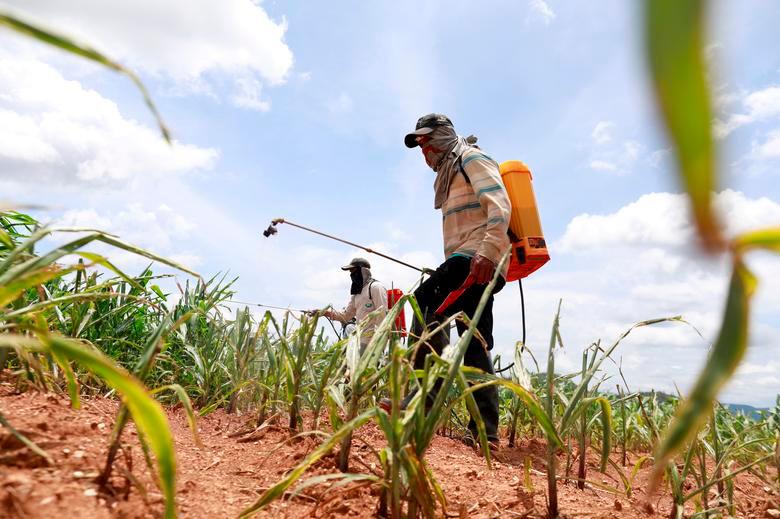IN THE recently unveiled12th Malaysia Plan, the government is planning to carry out Total Maximum Daily Load (TMDL) studies to enhance wastewater discharge standard to ensure the carrying capacity of the rivers are not overloaded. There was no timeline set on the utilisation of TMDL mechanism to be implemented at the moment.
While there are different category of wastewater discharge standard, these standards are merely control mechanism that was agreed upon to prevent point source pollution for exceeding determined level. However, when the volume of wastewater that meets these stipulated standards are high, it supersedes the carrying capacity of the rivers. This is also the reason why industries that are meeting stipulated standards are still reported as sources of pollution.
Thus, pollution loading-based wastewater discharge standard will be able to take into consideration the total carrying capacity of a river basin with various input of pollution sources from upstream to downstream. While government’s acceptance of moving towards a TMDL mechanism is something that the Association of Water and Energy Research Malaysia (Awer) has suggested numerous times, there is still another culprit that has been left unattended for far too long.
Non-point source (NPS) pollution is another existing threat to our environment but largely overlooked. This NPS movement mechanism is different from point source pollution that comes from locations like an industrial plant. NPS actually originates from many diffuse sources and it is not discharged in a particular outlet.
Agricultural lands are one of the prominent sources of NPS. The movement of excess fertilisers, herbicides and insecticides from agriculture and plantation poses direct pollution risk to river basins and groundwater. These chemicals can potentially impact the food chain. Such risk also comes from residential areas that uses similar chemical for small-scale farming and gardening.
NPS from industrial and development activities due to movement of particles and chemicals via air can become another potential source. These particles and chemical can be part of atmospheric deposition where gases and particles from the atmosphere are transported to the terrestrial and aquatic surfaces. The negative impact of this process is when deposition of sulphur and nutrients may contribute to acidification and eutrophication of various ecosystems.
A more visible problem of NPS in Malaysia is when sediments from construction sites, plantation, harvested forest lands and eroding river banks causes higher turbidity of the river water. Some water treatment plants are badly affected due to high turbidity conditions during rainfall and have to be shutdown.
Other potential NPS sources can be from mining sites, disused mining pools, abandoned mines, bacteria and nutrients from livestock as well as faulty septic systems.
It is vital for the government to form a national task force on NPS to carry out the following steps:
> Categorise NPS source in Malaysia and identify potential entities linked to such sources,
> Stock take current practices to control NPS (if any exist) based on type of NPS sources,
> Compile various researches carried out by universities, government agencies and private entities related to NPS to enable a baseline data collection,
> Identify potential good practices, economic barriers and legal methodology to control NPS as passive and active control measures,
> Develop database and reporting mechanism of NPS to be included in annual Environment Quality Report published by Department of Environment,
> Finally a 10-year action plan must be included in the 13th Malaysia Plan with five-year transition period and five-year enforcement period to limit NPS pollution sources.
When environments carrying capacity is badly affected due to multipronged environmental problems, it is important for Malaysia to mitigate NPS as it may pose more serious risk without us knowing. Moving towards a pollution loading-based wastewater discharge standard and controlling NPS will assist Malaysia to have cleaner water resources in coming decades.
“The power of intuitive understanding will protect you from harm until the end of your days.” – Lao Tzu
This article was contributed by Piarapakaran S, president of Awer, a non-government organisation involved in research and development in the fields of water, energy and environment.













